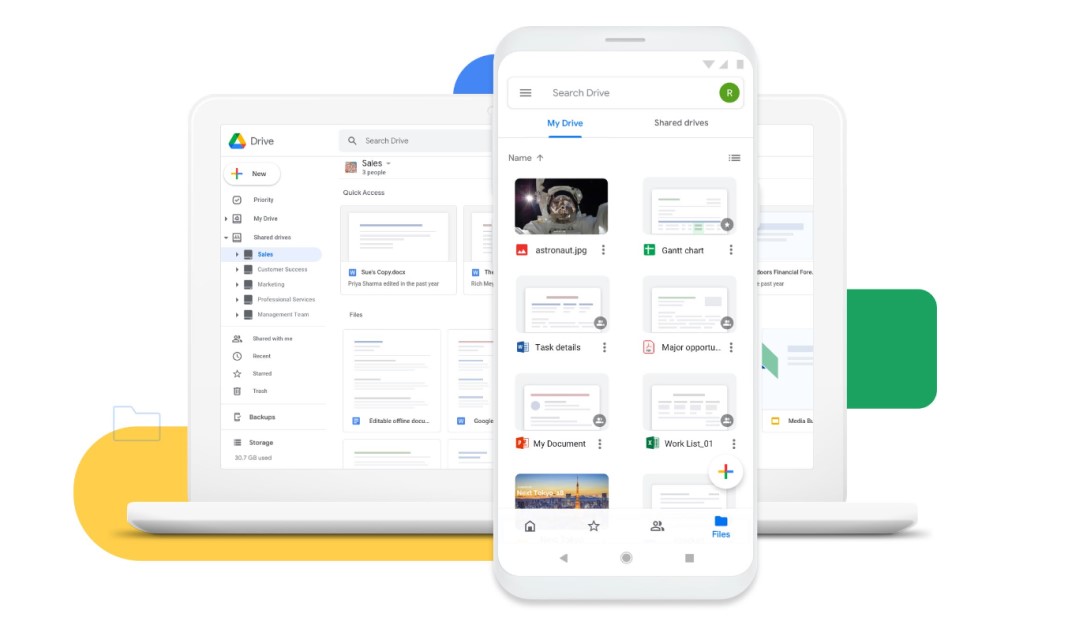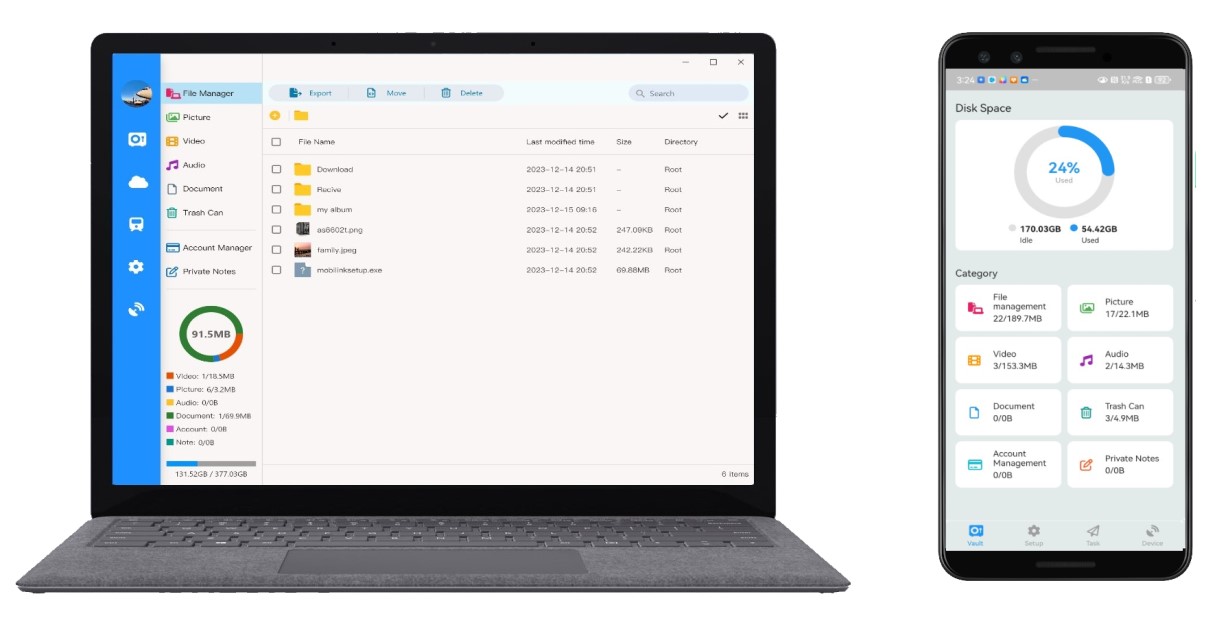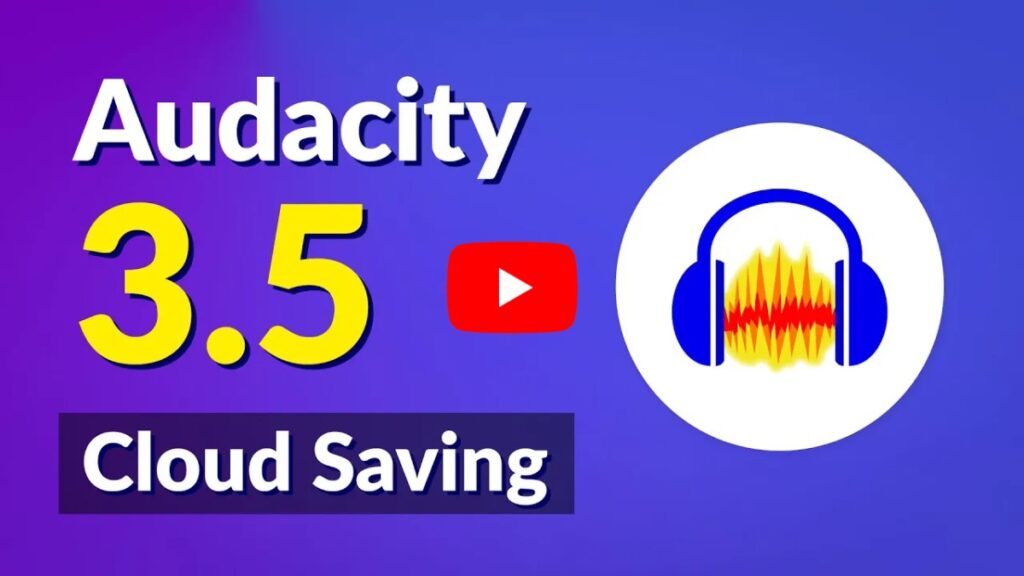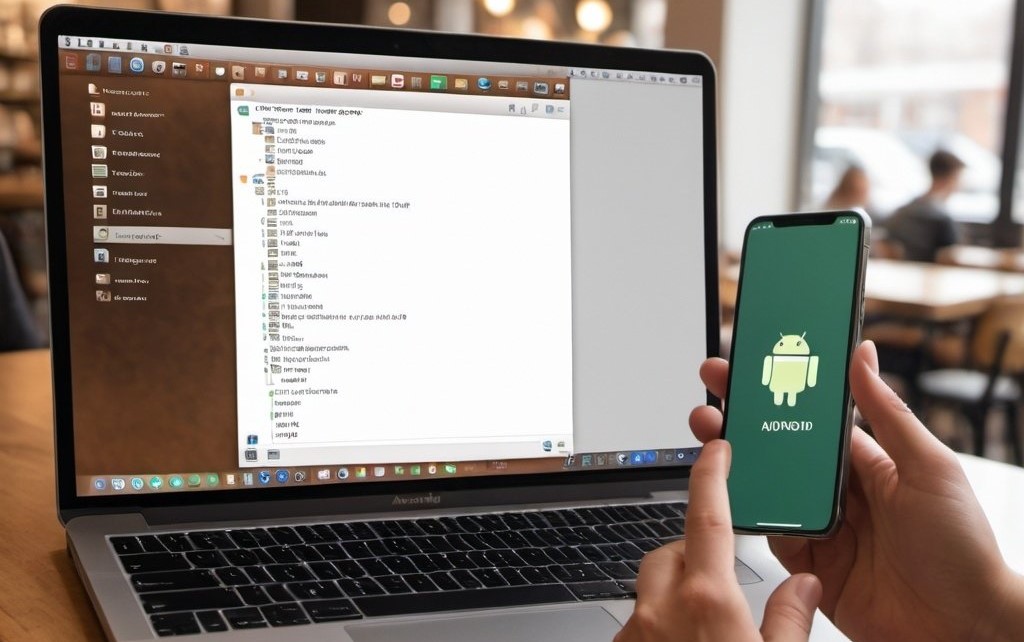Are you struggling with the challenge of sending large files for free? Look no further! In this comprehensive guide, we will explore the best ways to send large files without spending a dime. Whether you need to send high-resolution photos, videos, or bulky documents, we’ve got you covered.
With the increasing need to share large files, it’s important to find a solution that is both reliable and cost-effective. In this article, we will compare various methods including file transfer services, cloud storage platforms, and email services. We will also discuss their pros and cons, so you can make an informed choice based on your specific needs.
Our goal is to help you find the most efficient and user-friendly methods to send your large files while maintaining their integrity and security. Don’t let file size limitations hinder your productivity any longer. Join us as we explore the options that will revolutionize the way you share digital content.
Whether you’re a professional, student, or casual internet user, our comprehensive guide will ensure you never struggle with sending large files again. So, let’s get started and discover the best ways to send large files for free!
Benefits of using free file-sharing services
Sending large files for free comes with numerous benefits, including the ability to share bulky data without incurring any costs. Free file-sharing services eliminate the need for physical storage devices or expensive software, making them accessible to individuals and businesses alike. Additionally, these services often offer convenient features such as encryption and password protection to ensure the security of your data.
Moreover, free file-sharing services enable collaboration among multiple users, allowing for seamless sharing and editing of files in real-time. Whether you’re working on a group project or sharing multimedia content with friends, these platforms provide a centralized hub for file exchange. The convenience and accessibility of free file-sharing services make them an essential tool in today’s digital age.
Furthermore, many free file-sharing services offer cross-platform compatibility, allowing users to access and share files from various devices and operating systems. Whether you’re using a desktop computer, a smartphone, or a tablet, you can easily upload, download, and share files on the go. This flexibility ensures that you can stay connected and productive regardless of your location or device.
Common challenges when sending large files
Despite the convenience of free file-sharing services, users often encounter common challenges when sending large files. One of the most prevalent issues is file size limitations imposed by email providers and messaging platforms. These restrictions can hinder the transfer of large multimedia files, leading to delays and inefficiencies in sharing important data.
Another challenge users face is the lack of security measures when sending large files through conventional methods. Without encryption or password protection, sensitive information transmitted through insecure channels can be vulnerable to unauthorized access or data breaches. Ensuring the privacy and integrity of large files is crucial in today’s digital landscape.
Moreover, unreliable internet connections or network congestion can result in slow upload and download speeds when transferring large files. This can be frustrating for users who need to share time-sensitive data or collaborate on projects with tight deadlines. Overcoming these challenges requires efficient and secure file-sharing solutions that prioritize speed, reliability, and data protection.
Understanding file size limits and restrictions
Before selecting a file-sharing service to send large files for free, it’s essential to understand the file size limits and restrictions imposed by different platforms. Email providers typically have a maximum attachment size ranging from 25MB to 50MB, which may not be sufficient for sharing high-quality videos or extensive datasets. Cloud storage services, on the other hand, offer larger storage capacities but may limit the size of individual files that can be uploaded.
When choosing a file-sharing method, consider the nature of the files you need to send and ensure that the platform’s file size limits align with your requirements. Some services may offer premium upgrades for users who need to send files larger than the standard limit, providing flexibility and scalability for businesses and professionals. Understanding the file size limits and restrictions of different platforms is crucial in selecting the most suitable solution for your file-sharing needs.
Additionally, keep in mind that file size limits may vary based on the type of account you have with a particular service. Free accounts typically have lower size limits compared to premium or business accounts, so upgrading to a paid plan may be necessary if you frequently send large files. Be sure to review the pricing and features of each service to determine the best fit for your file-sharing requirements.
Comparison of popular free file-sharing services
When it comes to sending large files for free, several popular file-sharing services stand out for their ease of use, security features, and compatibility. Let’s compare some of the leading platforms to help you choose the best option for your file-sharing needs.
Google Drive: Google Drive offers users 15GB of free storage space and seamless integration with other Google services such as Gmail and Google Photos. With Google Drive, you can easily upload and share large files, collaborate on documents in real-time, and access your files from any device with an internet connection.
Dropbox: Dropbox is known for its user-friendly interface and cross-platform compatibility. Users can upload files of any size to their Dropbox account and share them with others via links or shared folders. Dropbox also offers file recovery and version history features, making it a reliable choice for storing and sharing important documents.
Mobilink: Mobilink is a popular file-sharing service that allows users to send files up to 100GB in size for free. With a simple drag-and-drop interface, Mobilink makes it easy to share large files with friends, colleagues, or clients. It employs end-to-end encryption with no intermediate server caching, ensuring high security.
Step-by-step guide on using Google Drive to send large files

Sending large files using Google Drive is a straightforward process that requires minimal effort. Follow these steps to share your files securely and efficiently:
- Upload your file: Sign in to your Google Drive account and click on the “New” button followed by “File upload.” Select the file you wish to send from your computer and wait for it to upload to your Drive.
- Share the file: Once the file is uploaded, right-click on it and select “Share.” Enter the email addresses of the recipients you want to share the file with and choose their permission settings (view, comment, or edit). Click “Send” to share the file via email or generate a shareable link.
- Access shared files: Recipients will receive an email notification with a link to access the shared file. They can view, download, or edit the file directly from their browser or choose to save it to their own Google Drive account for future reference.
Step-by-step guide on using Dropbox to send large files

Dropbox offers a user-friendly interface for sending large files securely and efficiently. Here’s how you can use Dropbox to share your files:
- Upload your file: Log in to your Dropbox account and click on the “Upload” button. Select the file you want to send from your computer and wait for it to upload to your Dropbox storage.
- Share the file: Once the file is uploaded, hover over it and click on the “Share” button. Enter the email addresses of the recipients you wish to share the file with and set their access permissions (view only or edit). Click “Send” to share the file via email or generate a shareable link.
- Manage shared files: Recipients will receive an email notification with a link to the shared file. They can view or download the file directly from the link or choose to save it to their own Dropbox account for easy access. Dropbox also allows you to track file activity and manage shared folders for collaborative projects.
Step-by-step guide on using Mobilink to send large files

Mobilink provides a simple and intuitive way to send large files. Follow these steps to send your files using Mobilink:
- Launch the application: Open the Mobilink app on your device. If you haven’t installed it yet, download it from the official Mobilink website.
- Establish connection: Scan the QR code or invitation code to establish a connection between the receiver and the sender.
- Select files: Choose the files or folders you want to send. Drag and drop them into the Mobilink interface.
- Send files: The files are transferred directly, ensuring privacy and security.
Alternative methods for sending large files for free
In addition to dedicated file-sharing services, there are alternative methods for sending large files for free that you can consider:
Compression software: Utilize compression tools such as WinRAR or 7-Zip to reduce the size of large files before sending them via email or other platforms. Compressing files can help overcome size limitations and expedite the transfer process.
Peer-to-peer (P2P) file sharing: Platforms like BitTorrent or FrostWire enable users to share large files directly with others using a decentralized network. P2P file sharing can be a fast and efficient way to send bulky data without relying on centralized servers.
FTP (File Transfer Protocol): FTP services like FileZilla allow users to upload and share large files securely over the internet. By connecting to an FTP server, you can transfer files of any size with encryption and authentication features for enhanced security.
Conclusion and recommendations
Sending large files for free is now easier than ever with a plethora of file-sharing services and alternative methods available. By understanding the benefits and challenges associated with different platforms, you can select the most suitable solution for your specific needs. Whether you choose Google Drive, Dropbox, Mobilink, or opt for alternative methods, prioritizing security, speed, and ease of use is essential for seamless file sharing.
Remember to consider the file size limits and restrictions of each service, as well as any additional features that may enhance your file-sharing experience. By following the step-by-step guides provided in this comprehensive guide, you can confidently send large files without breaking a sweat. Embrace the convenience and efficiency of free file-sharing services to revolutionize the way you exchange digital content and collaborate with others. Say goodbye to file size limitations and hello to seamless file sharing today!





